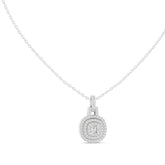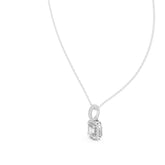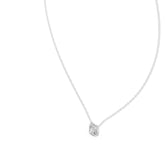The Wax Loss Process
-
Wax Model Creation: A wax model of the jewelry design is crafted either by hand-carving or using CAD and 3D printing technologies.
-
Mold Making: The wax model is then encased in a heat-resistant material, such as plaster or investment, to create a mold. This mold will later be used to form the final metal piece.
-
Wax Elimination: The mold is heated, causing the wax to melt and flow out, leaving behind a cavity in the exact shape of the original wax model.
-
Preheating: The mold is preheated to remove any moisture and ensure it is dry before the metal is poured.
-
Casting: Molten metal, such as gold, silver, or other alloys, is poured into the preheated mold. The metal fills the cavity left by the melted wax, taking the shape and intricate details of the original model.
-
Cooling and Solidification: The molten metal cools and solidifies within the mold, adopting the precise shape of the wax model.
-
Mold Removal: Once the metal has fully solidified, the mold is carefully broken or dissolved to reveal the metal casting. This casting represents the final jewelry piece in its raw form.
-
Finishing: The metal casting undergoes various finishing techniques such as filing, sanding, polishing, and buffing to remove any imperfections, smooth the surfaces, and enhance the overall appearance of the jewelry piece.
-
Stone Setting and Additional Details: If the design includes gemstones or additional decorative elements, they are skillfully set into the metal casting using techniques such as prong, bezel, or pave settings.
The wax loss process allows for the creation of intricate and detailed jewelry pieces. By utilizing a wax model that is later removed and replaced with molten metal, the process captures the original design intricacies while providing the flexibility to work with various metals and incorporate gemstones.






